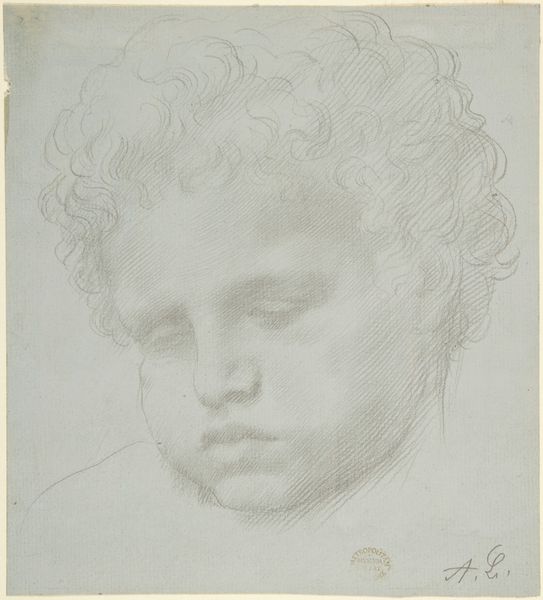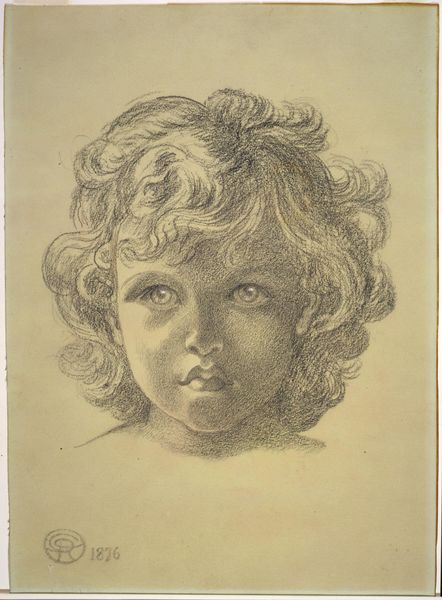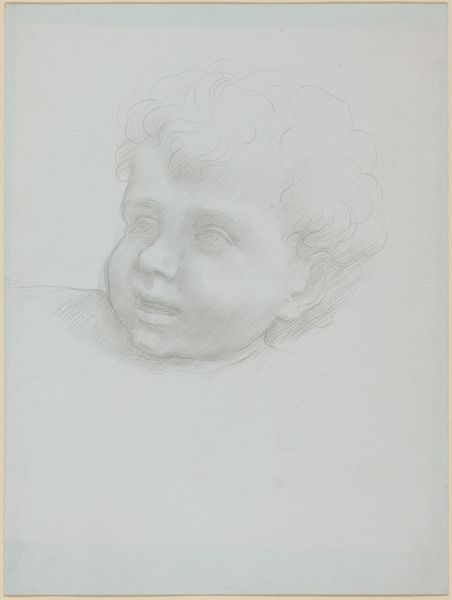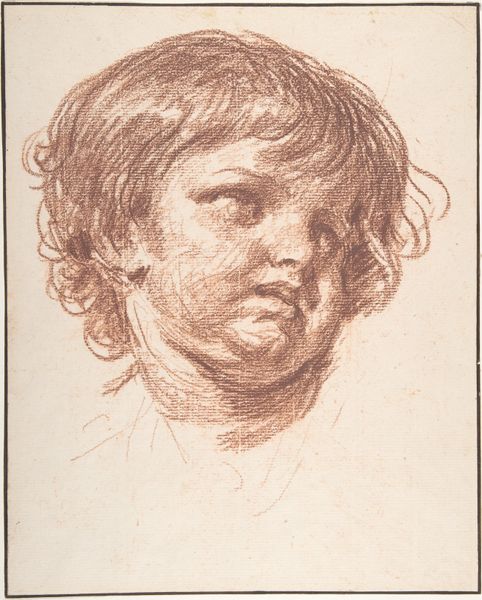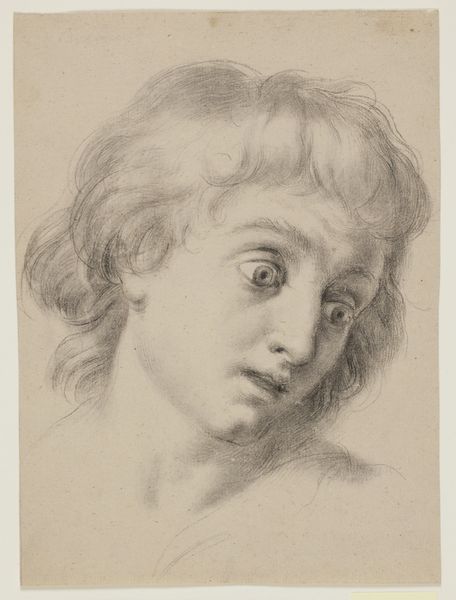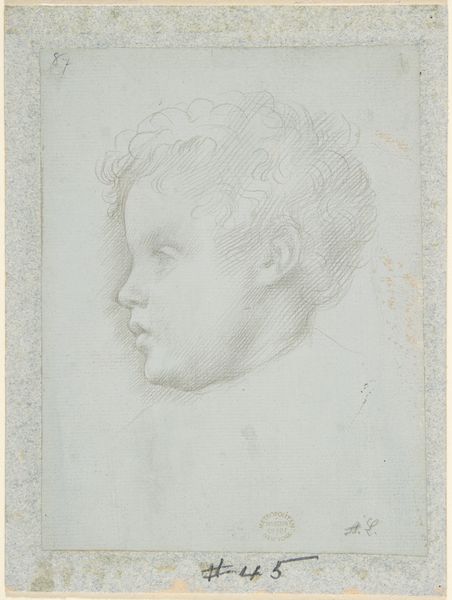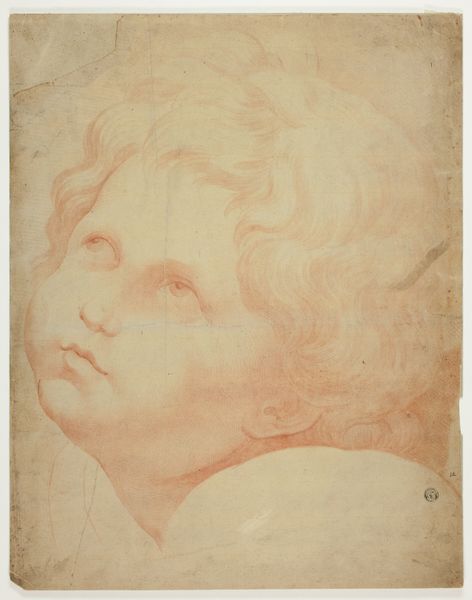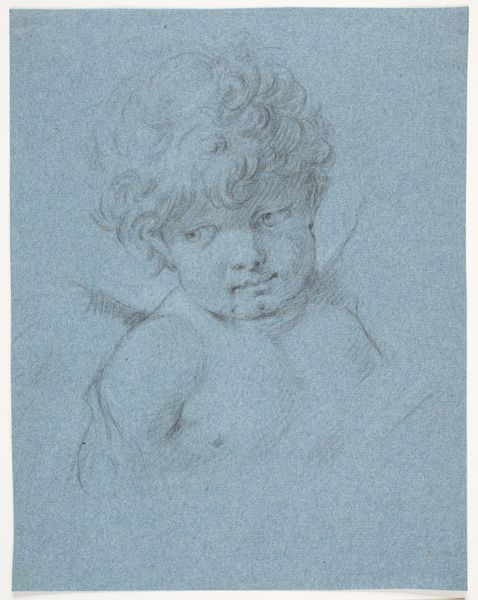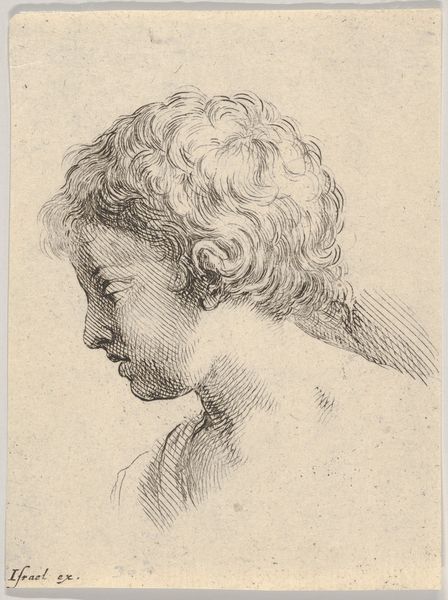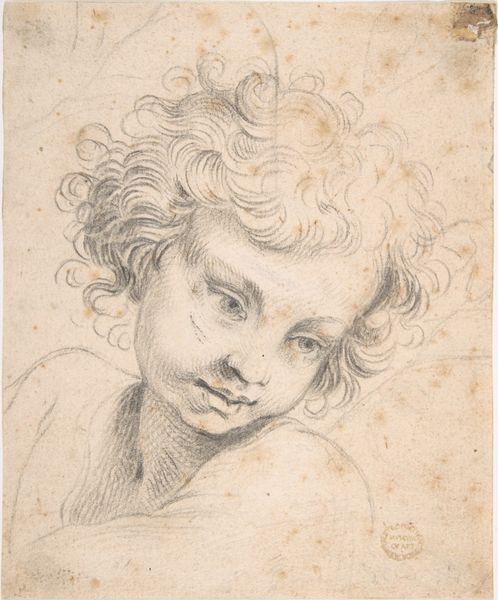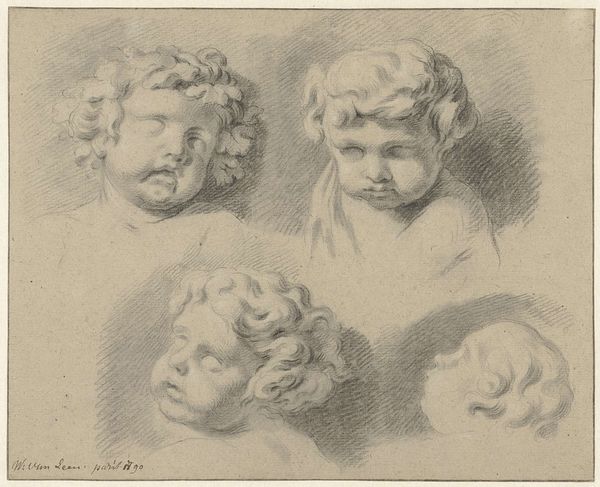
drawing, print, pencil, charcoal
#
portrait
#
drawing
# print
#
charcoal drawing
#
child
#
pencil drawing
#
pencil
#
charcoal
Dimensions: 8 x 7 3/4 in. (20.3 x 19.7 cm)
Copyright: Public Domain
Editor: Here we have Alphonse Legros' "Study of a Head," dating from 1837 to 1911. It's a charcoal and pencil drawing with a ghostly feel. I'm struck by how delicate the lines are, and how that contrasts with the subject, this very solid looking child. What jumps out to you? Curator: Considering Legros’ historical context, we can examine this drawing through the lens of materiality and social production. Charcoal and pencil, inexpensive and readily available, were materials accessible for academic studies. Note the diagonal hatching filling the blankness: It served as a quick means to indicate shading in preparation for other pieces. How does this potentially relate to the hierarchy of art production at the time? Editor: Interesting! I hadn’t considered the economic aspect of the materials themselves. So, this wasn't intended as a finished, high-art piece? Curator: Exactly! Instead, it's a workshop object, where the labor lies in its swift execution and the preparation for other grander works. The medium served as practice, which can reflect class distinctions related to both art creation and consumption. The sketch becomes an object for academic consumption and refinement, leading to potential prints. Notice how it flattens and rounds the shapes in the subject's face? Editor: It definitely makes you wonder about the other pieces that this study informed, and how art practices get filtered by consumption habits and the cost of the making of the work. It feels almost accidental as an artwork itself. Thanks for highlighting that. Curator: Indeed. Examining the material conditions opens pathways to broader social contexts in art history.
Comments
No comments
Be the first to comment and join the conversation on the ultimate creative platform.
